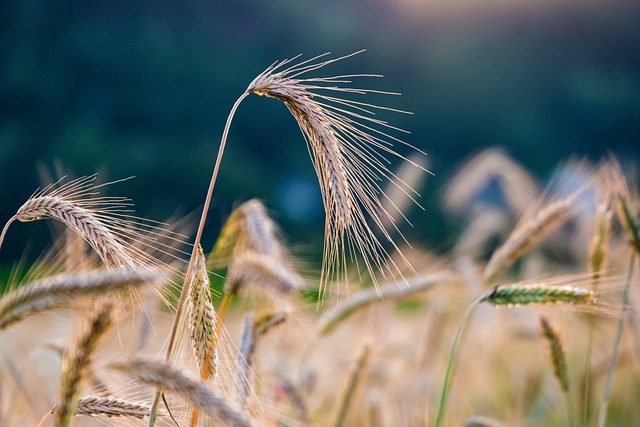Harvesting Hope: How Climate Change Impacts Crop Production in a Warming Environment
The sun rises over sprawling fields, casting a warm glow on the vibrant colors of ripening crops. For generations, these farmlands have been a source of sustenance and livelihood, a testament to the cycle of life and nature’s bounty. Yet, as our planet’s climate shifts, this once-reliable harmony begins to fray, and the implications for crop production are both serious and sobering.
Understanding the Challenge
Climate change is no longer a distant threat; it’s an undeniable reality gripping our planet. Rising temperatures, shifting precipitation patterns, and increasingly erratic weather events are challenging farmers worldwide. As these climatic changes unfold, crop production faces unprecedented challenges that not only threaten food security but also the very fabric of rural communities.
The Impact of Warming on Crop Production
Temperature plays a pivotal role in the growth of crops. Most crops thrive within a specific temperature range, and as global temperatures continue to rise, we enter uncharted territory. For instance, heat stress can reduce yields in staple crops like wheat and rice. Research indicates that for every degree Celsius of warming, yields for key food crops can decrease by 10% or more. This stark reality invokes feelings of anxiety for farmers who depend on these crops for their livelihoods.
In addition to rising temperatures, altered rainfall patterns are equally concerning. Some regions may experience heavier rainfall, which can lead to flooding and crop loss, while others may face severe droughts that cripple crop production altogether. Farmers are left to grapple with the unpredictability of weather, often uncertain if they can rely on the land they’ve tended to for years.
Resilience in the Face of Change
Despite the formidable challenges, stories of resilience emerge. Farmers are increasingly adopting innovative practices and technologies to adapt to the shifting climate. Crop rotation, improved irrigation methods, and drought-resistant varieties are just a few ways agriculture is evolving. Community-supported agriculture and local food systems are gaining traction, promoting sustainability and reducing dependency on long supply chains. These initiatives highlight an innate human capacity for hope and adaptation in difficult times.
Working Towards a Sustainable Future
To mitigate the impacts of climate change on crop production, collective action is imperative. Policymakers must prioritize sustainable agricultural practices and invest in research to develop climate-resilient crops. Supporting local farmers through education and resources is crucial for fostering a sense of community and ensuring food security for future generations.
The road ahead may be challenging, but recognizing and addressing the impact of climate change on our environment and agriculture can sow the seeds for a more hopeful future. By working together, we can cultivate resilience and adaptability, transforming these challenges into opportunities for growth, both for the land and for us all.




